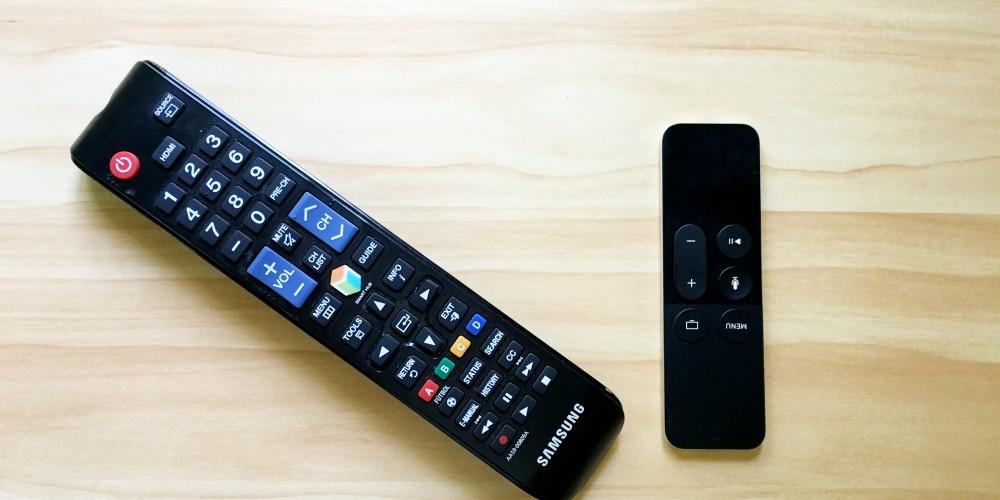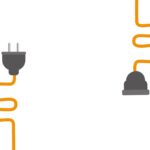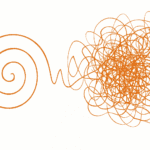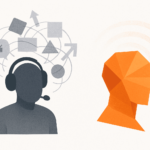The changing experience of the television consumer

What was the early experience of television like? For those who can remember, we all sat in front of one small box, and received limited programming. In most countries television started with a single channel or broadcaster, usually run by the state.
The programmes ran for fixed hours, and were chosen for us. They were a mix of information and entertainment, and again, other people decided on the mix. We all saw the same mix, at the same times. If you were not able to watch a programme when it aired, too bad. You missed it.
Television sets were expensive relative to income, so only a few could afford them initially. In my neighbourhood, around twenty children from all the households on the street would gather every evening at the one house with a TV set (black and white) to watch the one cartoon show that was aired every evening.
A little later, other broadcasters and channels were allowed in, but only if they paid hefty licence fees. These new broadcasters livened up the content, and the era of ‘must-watch’ television began. Audiences grew, and therefore advertisers flocked to the medium. The programmes were free to watch if you owned a TV set; but you were forced to watch advertisements in order to watch programmes.
Then came the video recorders and players. For the first time, you could record programmes on tape and watch them later. You could also rent movies and TV shows from rental shops. You could begin to make real choices in what you consumed. The tapes turned into DVDs, and the visual and audial quality of what appeared on your screen improved vastly. But you still had to go back and forth from the video store to get hold of your favourite content.
Then came the satellite and cable TV companies. These were able to procure and create good content, package it into multiple channels, and send it into millions of homes via satellite dishes or cable connections. They charged a hefty monthly fee, but the customer got access to a multiplicity of channels. The range of programmes available to the average customer exploded – without ever leaving the sofa.
Soon after that the digital video recorder arrived: allowing us to record content on a hard drive, and therefore watch it when we liked without having to keep a library of tapes or DVDs. The schedule disappeared. Viewers now chose when to view.
Something called YouTube then appeared, allowing people to record, upload and show all sorts of video content. Content was no longer curated by a few people who thought they knew best. Through this democratisation, we discovered that people like watching the strangest things.
More recently, even more innovations have arrived. If you can afford a decent broadband connection, you can stream content into your home via the internet. The latest shows, movies and specialist content. You can either buy or rent individual items (via iTunes, Amazon and others) or pay a modest monthly charge and consume an all-you-can-eat buffet of programming (the Netflix model). Indeed, Netflix flicked a switch the other day and entered an additional 130 countries overnight, covering pretty much the whole planet.
Now, you choose. You choose what to watch, how much to pay, when to watch it, and where to watch it – on your TV screen, certainly, but also on your PC, tablet or smartphone. And soon, on your virtual-reality device. You can choose to have advertising inflicted on you; or pay to have it disappear.
Why this long history of television this Sunday? There are some big lessons here for anyone in any industry. Consider these questions. First, how did power change in the television industry? What made some people lose out, and others win big, at different stages in the industry’s evolution?
Second, who did the innovating? Once upon a time, it was a limited range of chosen content pushed by producers into a single box in the living room. Today, it is a massive global content library pulled by consumers into the device of their choice at the time of their choice. How did we get here? Who innovated, and why?
The answers to those two questions reveal the nature of power in modern business strategy. I trust you will think deeply about them. Let’s meet right here next week to reflect on the answers.

Buy Sunny Bindra's new book
The X in CX
here »
Popular Posts
- The pause that saves usJune 8, 2025
- The first push is the hardestJune 1, 2025
- How to spot a real thinkerJune 15, 2025
- Built the app, forgot the flowJune 22, 2025
- How to ruin what you loveMay 25, 2025















